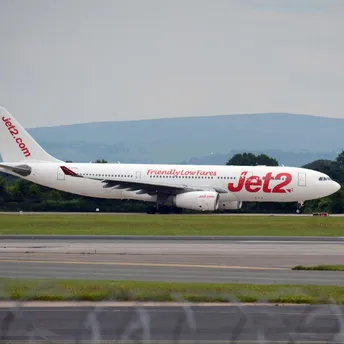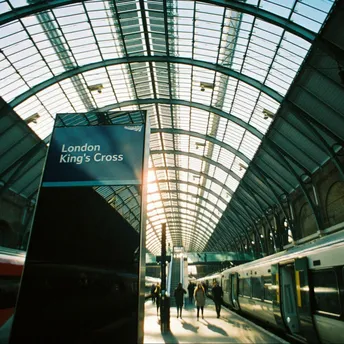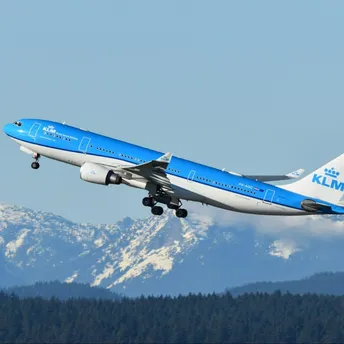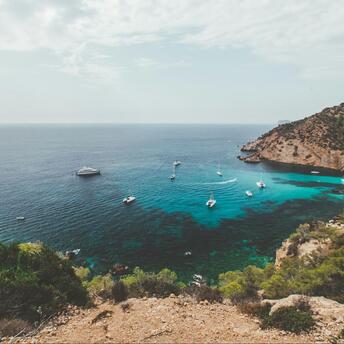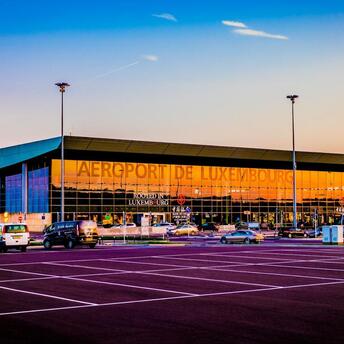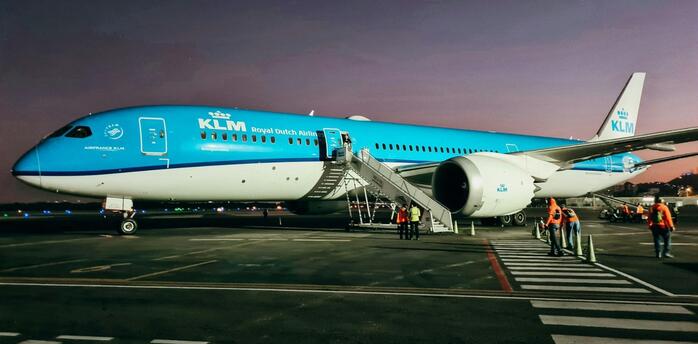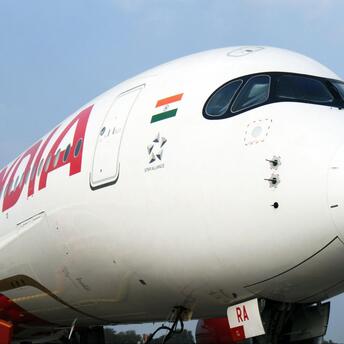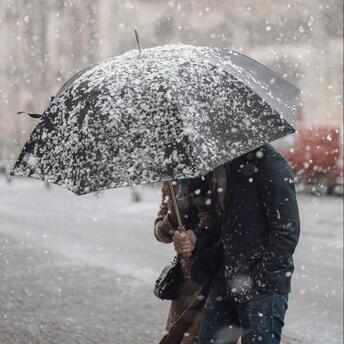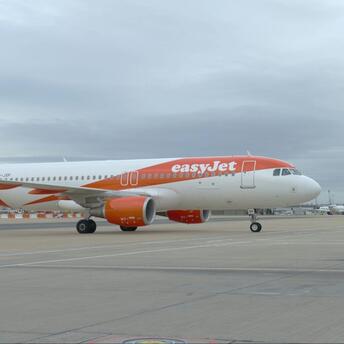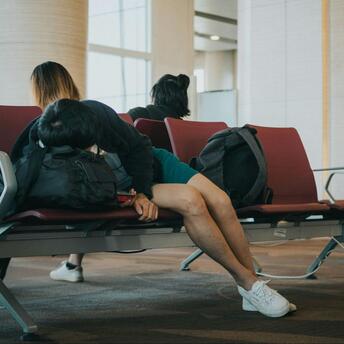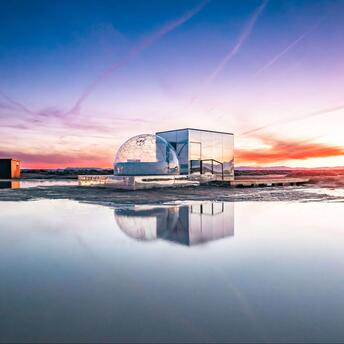A Practical Guide to Exploring Peru
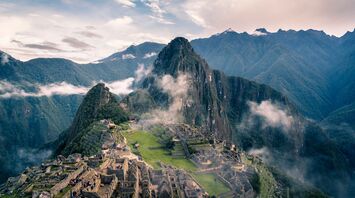
Machu Picchu might be its star attraction, but Peru offers much more to those who plan in advance. This South American gem rewards visitors with diverse landscapes ranging from rainforests to high-altitude peaks and desert coastal plains. While Peru is a popular destination, planning a trip can be challenging. Here's a quick guide to help you navigate the logistics of your Peruvian adventure.
Tour Operator or Independent Travel?
Opting for a tour operator can simplify logistics, especially when visiting Machu Picchu from Cusco. Tour operators handle all transportation, including buses, trains, and minibuses, and manage luggage logistics for overnight stays in Aguas Calientes. They also provide guides who can enrich your understanding of Peru's history and culture. However, traveling independently is feasible, particularly in the south, thanks to well-developed tourist infrastructure and services like Peru Hop, which offers hotel pickups and English-speaking guides.
Booking Ahead
Key attractions such as Machu Picchu and the Inca Trail require advance bookings, particularly during the high season from June to August. Book Machu Picchu tickets six weeks in advance and Inca Trail permits at least six months ahead. Flights and accommodations should be reserved three months prior during peak times. Overland bus travel, especially in northern Peru, can usually be arranged a day or two in advance.
Choosing a Machu Picchu Circuit
The Peruvian Ministry of Culture has established one-way visitor circuits at Machu Picchu to manage traffic and protect the site. Updated in June 2024, there are now 10 ticket types. Circuit 1 offers access to the iconic House of the Guardian view, while Circuit 2 is the most comprehensive, covering both the lower and upper areas. Circuit 3 focuses on the lower structures for a thorough visit. For details on each circuit, visit Ticket Machu Picchu.
Understanding the Inca Trail
The classic Inca Trail trek spans four days, starting near Cusco and ending at Machu Picchu via the Sun Gate. Booking through a licensed operator is mandatory, with guides and porters provided. The trail, limited to 500 people per day, covers 26 miles and reaches elevations of nearly 14,000 feet. Proper preparation and acclimatization are essential. Shorter and longer trail options are also available.
Managing Money
While credit cards are increasingly accepted in urban areas like Cusco and Lima, cash remains essential in rural areas. ATMs charge between £5 and £10 per withdrawal, so it's advisable to take out larger amounts. Use ATMs attached to banks, preferably during daylight hours with people around.
Language Tips
Few Peruvians outside tourist hubs speak English. Basic Spanish can be invaluable for tasks like haggling at markets or navigating transportation. Learning some key phrases can enhance your travel experience.
Packing Essentials
Peru's diverse climate requires thoughtful packing. A lightweight rain jacket is crucial for the Andes and Amazon, while layers help manage varying temperatures. Hiking shoes are necessary for trekking, and lodges in the Amazon typically provide wellies. Earplugs, an eye mask, and warm clothing are recommended for bus rides, where temperatures can vary significantly.
Water Safety
Tap water in Peru is not safe to drink due to the risk of giardiasis. A water filter, such as the Grayl Geopress, can make tap water safe, saving you money and reducing plastic waste.



